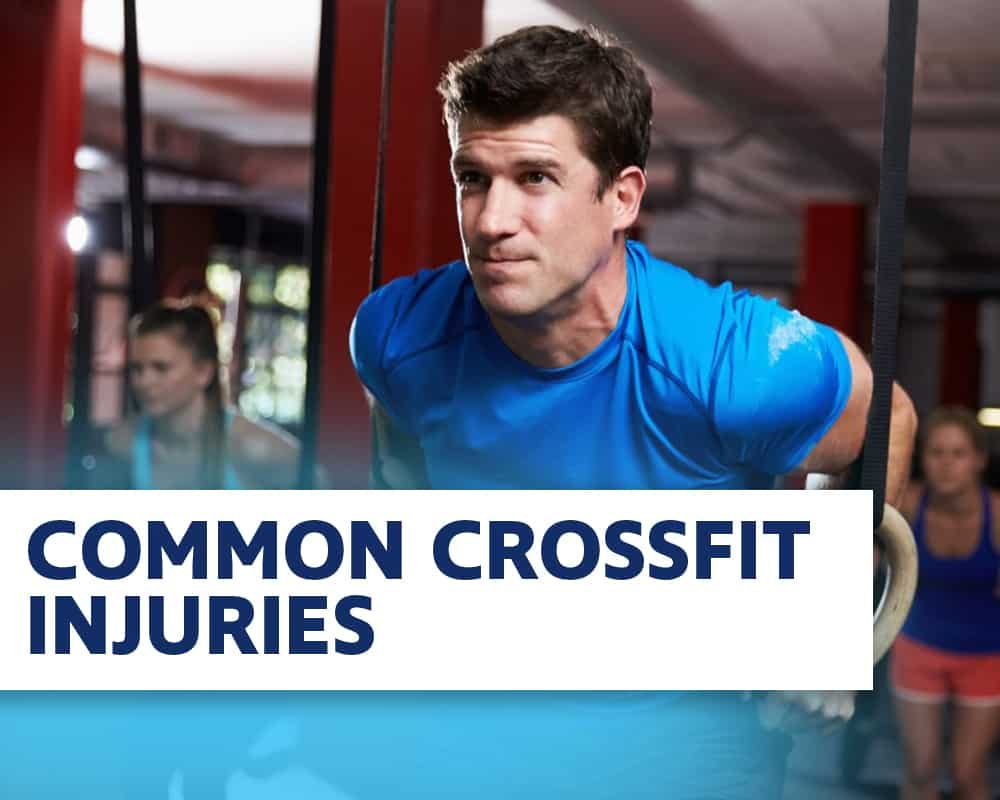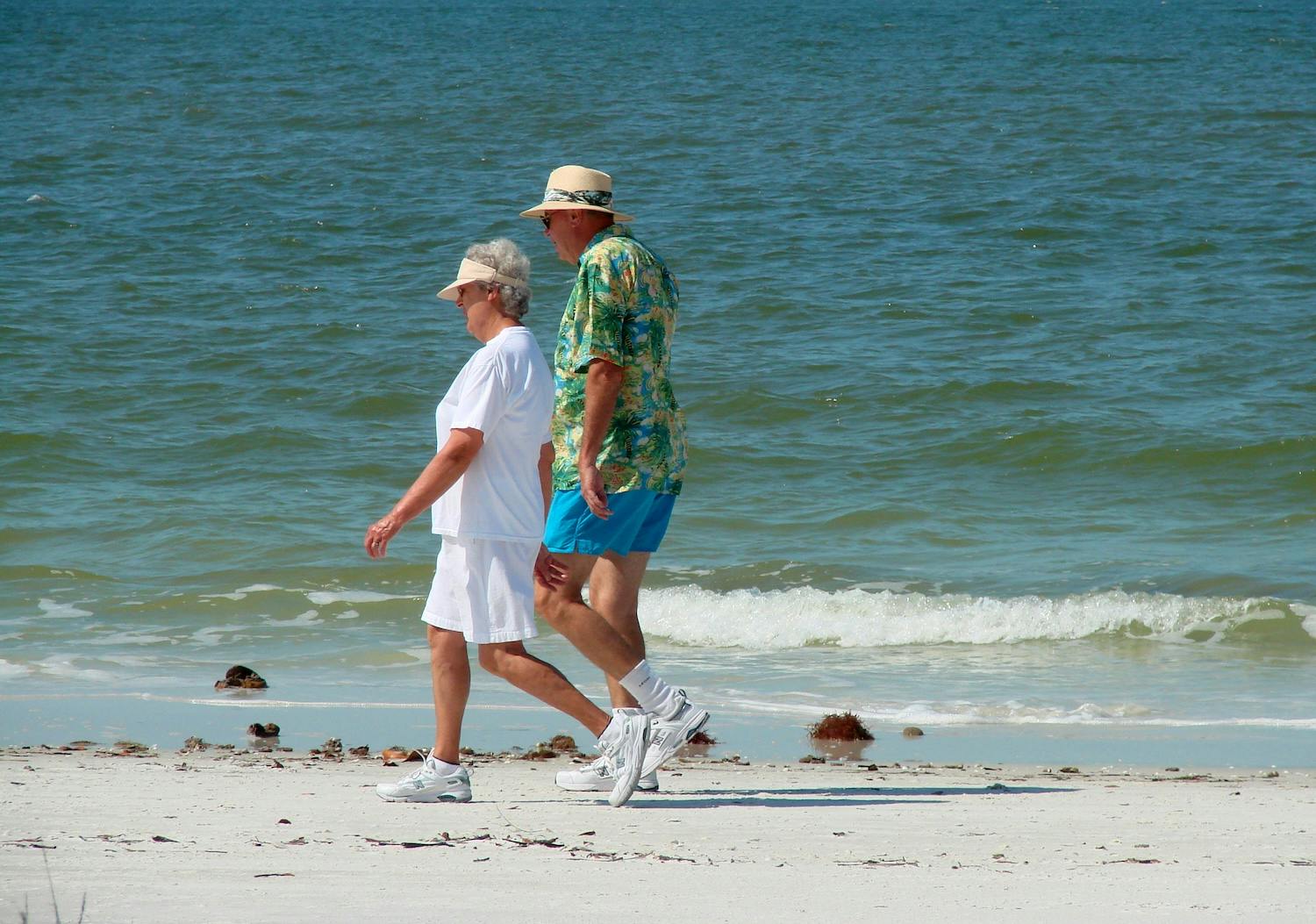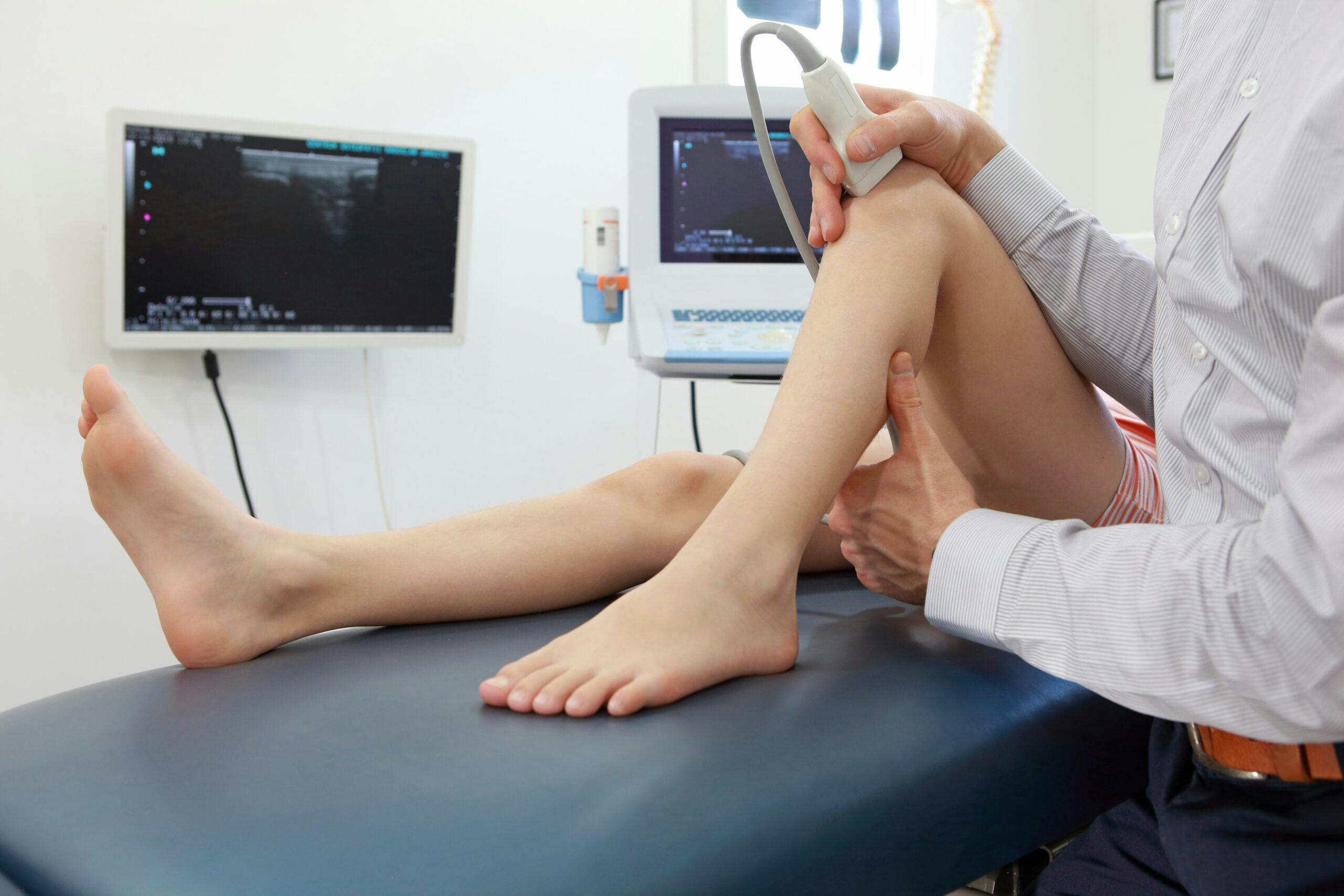- Blog
Common CrossFit Injuries
Posted on 12-12-2025 in CrossFit by Dr. Chris O'Grady

Posted on 12-12-2025 in CrossFit by Dr. Chris O'Grady
Considering CrossFit workouts involve major joints and muscle groups and focus on high-intensity, high-rep routines, injuries can occur in just about any area of the musculoskeletal system.
The most common CrossFit injuries occur in the back, shoulders, knee, ankles and wrists.
Some exercises are more likely to cause injuries than others. For instance, bounding box jumps place a lot of excess strain on the heels and calves and can cause Achilles tendon injuries. Kipping pull-ups, a kind of pull-up done by CrossFitters, are associated with shoulder injuries, especially when the athlete doesn’t adhere to proper form. High-rep Olympic lifts are another common source of injuries, especially in the back, arms and legs.
Where Are CrossFit Injuries Most Likely To Occur?
The most common areas for CrossFit injuries are:
Back: Bending and lifting can lead to back injuries, especially lifting weights with poor form. Lumbar strain, sciatic pain or a herniated disc are some back injuries that CrossFitters could experience. A strong core can ease strain on the back.
Shoulders: CrossFit routines can place shoulders in positions that put stress on the vital structures within the joint. Athletes could face shoulder injuries, such as a torn labrum, torn rotator cuff or subacromial impingement syndrome where the tendons of the rotator cuff become pinched. Overuse can also irritate and inflame tissues. Better posture and exercises to strengthen the rotator cuff can increase mobility and decrease shoulder injuries.
Knees: Movements, such as squatting and jumping, strain the knees. Knee injuries can range from strain to a meniscus tear. While lifting and doing squats, focus on posture and positioning the knees correctly. Some athletes use knee sleeves to increase stability.
Ankles: The Achilles tendon can become strained while doing CrossFit. Sprains can take place when athletes accidentally roll their ankles. Athletes could also experience a metatarsal stress fracture. The metatarsal is five long bones in the midfoot.
Wrists: Wrist injuries can occur with exercises, such as deadlifts, cleans and bench press. Athletes can experience tendonitis, sprains, muscle strain or cartilage tears. Some athletes wrap their wrists to provide more stability.
Some muscle soreness is expected when working out, especially at a high-intensity level, but an extreme and persistent, even worsening pain, is a sign of an injury and should be evaluated before an athlete resumes activity.

September is Healthy Aging Month, an observance dedicated to promoting the positive aspects of growing older and encouraging proactive steps toward maintaining long-term health. In its 33rd year, Healthy Aging Month inspires adults of all ages to focus on lifestyle habits that support vitality, independence and overall well-being.

Musculoskeletal ultrasound imaging offers orthopaedic patients safe, painless, and real-time imaging, without any harmful ionizing radiation or the need for uncomfortable positioning. As the first sports medicine physician in the region to utilize ultrasound for diagnostic and therapeutic purposes, Dr. Josh Hackel’s commitment to innovation has improved the accessibility of care for his patients.

According to the American Academy of Orthopaedic Surgeons, approximately 2 million older Americans sustain fractures yearly due to weak bones. By 2025, that number is predicted to rise to 3 million fractures annually. At North Florida Bone & Joint Specialists, we recognize the importance of maintaining strong bones, particularly as you age. In honor of Healthy Aging Month, the following tips can help you maintain, and even improve, your bone strength: